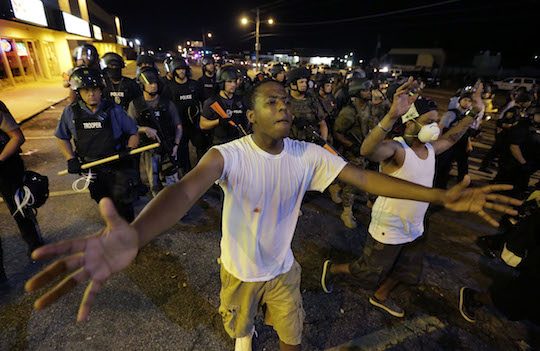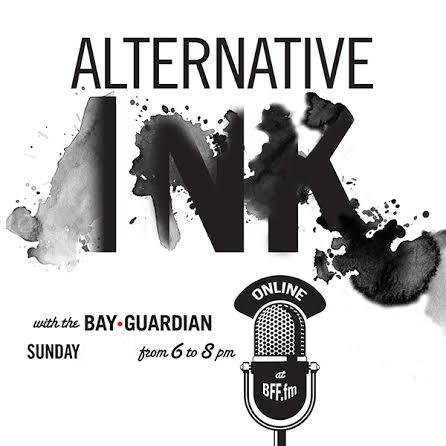In keeping with Hardly Strictly weekend weather of years gone by, this past weekend was the most summerlike the Bay Area’s been all year. Ooo-weee, it was hot out there.
While you’re chugging your coconut water and dabbing your sunburn with aloe vera, here are our photos and reviews of our favorite sets.
Lucinda Williams
Lucinda Williams is about the only person I can think of who actually makes me wish I drove a car more often. Her music just sounds best while you’re moving — or maybe that’s because I associate it with long road trips, because it was on a road trip that I first became obsessed with her classic record Car Wheels on a Gravel Road. Specifically, “Drunken Angel.” Blood spilled from the hole in your heart/over the strings of your guitar… As a completely non-religious person, watching her sing it — a little behind the beat, in that husky/warbly way Williams has where she doesn’t sound entirely sober ever, but also that’s kinda part of her schtick, in front of 1000 people as the 5pm sun bore down on us — felt something like church. (Emma Silvers)
Mavis Staples
During this 64th year musical of her career, songstress Mavis Staples belted out her tunes that fueled the civil rights movement on Saturday afternoon to a Hardly Strictly crowd full of avid fans, one man with nipple piercings dancing in a continuous flow, and several babies with adorable earmuffs. “Hardly Strictly is my favorite festival!” she bellowed to huge applause. “We wanna leave you feeling good.” She unleashed her soulful, resounding voice directly from her gut with a gravelly tone accumulated through decades of performance. In a flowing white blouse, surrounded by a guitarist, backup singers, and drummer also dressed in black and white, Staples kicked off the set with “If You’re Ready (Come Go with Me)” — preaching from the gospel of social justice with lyrics such as “No hatred/will be tolerated.” Although the band’s sound level was occasionally too low in the mix, Staples made up for it with her gospel singing style that brought the funk all on its own.
The band nailed covers such as “The Weight” and the protest song “For What It’s Worth,” with the drummer adding a groovy beat and dropping silent at “Stop children, what’s that sound?” On the old hit “Freedom Highway,” Staples credited her “Pops” with writing the song for their family band, The Staple Singers, and said, “I’m a living witness here…and I’m still fighting, and I’m still on the battlefield.” She soldiered on by ending the set with a ten-minute rendition of her family’s biggest hit, “I’ll Take You There,” that left the crowd in a chilled-out reverie. (Rebecca Huval)
Yo La Tengo
Yo La Tengo is never going to be the flashiest kid in the room. Powered by Ira Kaplan’s voice and moody walls of freaked-out guitar, it’s a critic’s band, one that you almost forget you love until you hear those opening notes of “Sugarcube” (which they opened with). “Do you like being referred to as Hardly Strictly Bluegrass?” Kaplan wondered aloud, sounding, charmingly, every bit like a 22-year-old, cold-weather indie band that didn’t quite know what they were doing at a sunny outdoor festival full of girls in crop tops. “Like if we were to say ‘Hello, Hardly Strictly Bluegrass?’ You, sir, in the front, please speak for everyone.'” Toward the end of the set they brought out Cibo Matto’s Yuka Honda to play keys, followed by (SF legends) the Flamin’ Groovies’ Roy Loney to sing. Ryan Adams was crooning his guts out about 100 yards away, but for half an hour or so, this was the old school cool kid section of the party for sure. (Silvers)
Flatlanders
The 1972 “rowdy country group” from Lubbock, Texas returned to Hardly Strictly this year, wrapping up Saturday’s tunes with a spectacular performance on two acoustic and two electric guitars, as the sun set and a cool breeze blew on exhausted festival-goers. With an outlaw country feel, this group attracted an older generation of fans by far. Lead singer Jimmie Dale Gilmore had a voice similar to Willie Nelson himself, and his stark white shoulder-length hair glimmered with the lyrics “the stars in my life will stay in place” and “where a good guitar-picker makes more money than a cowboy,” (their first song laid down on tape) echoed across the swaying crowd in true bluegrass character. (Haley Brucato)
Rosanne Cash
Johnny Cash’s little girl is definitely keeping the legend alive. Daddy would be proud. But, she has made a name for herself and will undoubtedly be remembered as her own legend. She harmonized with the best of country, and flashed those pearly whites over the packed stage. Fans piled into grass and dirt areas, pushed up against the chain-link fences, and everywhere in between as they forced their way in to catch a glimpse of this Tennessee beauty. Her songs are intoxicating and, although I am not a country fan, I am now a fan of Rosanne Cash. You can’t ignore that talent. (Brucato)
Built to Spill
Nope, don’t care that I saw them two months ago at Slim’s. Built to Spill make me happy every time, every which way, whether it’s Doug Martsch’s raw vocals pushing high above a horde of people on “Time Trap” or the precision of a lilting guitar outro on “Stab.” That said — and I recall coming to a consensus about this with other BTS super-fans later Saturday night — there is something a little weird about sharing the emotional relationship that most Built to Spill fans have to Built to Spill songs with, well, other Built to Spill fans. And non-Built to Spill fans. In a situation that’s not the slightest bit depressing nor lonely whatsoever. It’s almost too raw. This may also be related to the amount of rosé I consumed during the set (come on, it was getting warm fast). “Thank you for listening and paying attention,” said Martsch at the set’s close. Doug. Doug! Anytime. (Silvers)
Tweedy
Jeff Tweedy (Wilco) has a unique family collab going on with this band. I was wondering why the drummer looked so much younger than the other band members, and then I’m told it’s lead singer Jeff Tweedy’s 18-year-old son, Spencer! Ah, that’s sweet. The Tweedys performed with a full band, but for the two that share the family name, they were performing songs from their debut record Sukierae (named after Tweedy’s wife and mother to their son, Spencer). The music is very simple, light,and enjoyable. I laid back on my blue and white blanket, stretched my legs, and relaxed during this set. People seemed happy to be here for this performance and vibes were going strong as the afternoon wore on. (Brucato)
Social Distortion
Proving punk rock wasn’t and never will be just a fad, Social Distortion headlined the Towers of Gold stage in their 35th year of existence on Saturday. While the band’s Americana-inspired repertoire consists of ample crowd-pleasers, singer-songwriter-guitarist Mike Ness and crew also rewarded long-time fans with some deep cuts and variations on familiar tunes. Wasting no time on introductions, Social Distortion opened with “Through These Eyes,” an anthem that encapsulates their message of hard-earned hope in a cruel and capricious world.
With his sparkly gold-top Gretsch and signature wide stance (not to be confused with Larry Craig’s), Ness led the eager crowd through a veritable tour of the band’s past and present with recent hits like “Machine Gun Blues” and “Gimme the Sweet and Lowdown” intertwined with eternal classics like “Ball and Chain” and “99 to Life.” Mid-set, bassist Brent Harding switched to an upright bass, and the band embarked on a slower, waltzy rendition of 1992’s “Cold Feelings” followed by an acoustic and accordion treatment of 2004’s “Reach for the Sky.” As Ness’s crimson T-shirt became consumed by sweat, he beckoned the audience to sing along to “Story of My Life,” the band’s most well-known and relatable song, and closed with “Ring of Fire,” a romantic Johnny Cash classic that coincidentally qualified the several mosh pits that had formed. That hot afternoon, Social Distortion gave us something to believe in. (Chung Leung)
Lake Street Dive
This talented, and young, quartet provides a stark contrast to the aged musicians scattering the lineup this year. The avant garde group hailing from Boston, MA put a creative spin on pop, jazz, folk, and soul, and it works. Rachael Price (lead singer) bellowed out an unexpected bluesy, sultry voice that eerily resembles the late Amy Winehouse. It’s a really neat combo of sounds with the giant upright bass, talented drummer and guitarist as well — all graduates from the New England Conservatory of Music in Boston. They expertly covered a Hall and Oates song, that got my head bobbing and foot tapping automatically. Lake Street Dive are a genuinely talented bunch and I’m hooked. (Brucato)
Chris Isaak
“When I first came to San Francisco, I used to come down to the park and play guitar here,” said Chris Isaak to an adoring throng of fans at around 6:30pm on Saturday evening. “Who’d have thought that 30 years later, I’d still be playing here for free?” Then he launched into the signature guitar sigh of “Wicked Game,” as the sunburned, stoned, blissed-out masses cheered and swayed and made out. Isaak is a Hardly Strictly veteran, so you’d think he couldn’t surprise you — but then he goes and coordinates dance moves with his band, shimmying side to side in his blue Johnny Cash-esque suit. A handful of Roy Orbison covers, a handful of songs that took the performance well past the official 7pm end time: He can do whatever he wants. Silly grin-inducing. (Silvers)
Bruce Cockburn
Wow. I didn’t expect that kind of guitar playing when I wandered down to the Star stage, exhausted and sunburnt, for the last performance on Sunday. Things were (sadly) winding down for 2014 HSB. I looked on stage to see a small man fully clad in an army jacket with combat boots, small circular spectacles, standing alone. The swaying crowd could definitely feel the spirit of Warren Hellman hovering over the best festival on earth. Cockburn’s fingerpicking skills on his dark green guitar washed over onlookers. There he stood, with his eyes tightly closed for his entire set, bellowing out a surprisingly raspy voice. You could tell it’s the kind of voice that’s been around awhile, but one that has truly gotten better with age.
I looked behind me, and I could see others mimicking his meditation-like pose, closing their eyes too, and feeling only the music, deeply concentrated on the bluegrass sounds floating around them. It was magical, and it gave me goosebumps. I was just about to leave (after realizing I could barely remain upright after the draining weekend of music) when “Iris of the World” began playing, and something made me turn back and stay put. (Brucato)




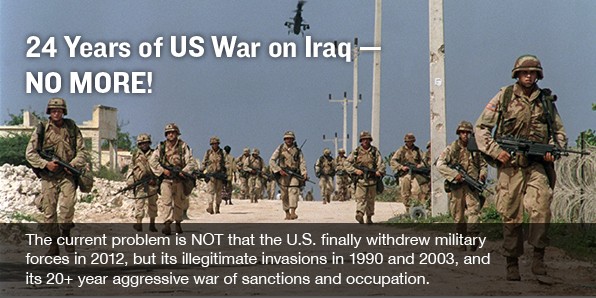
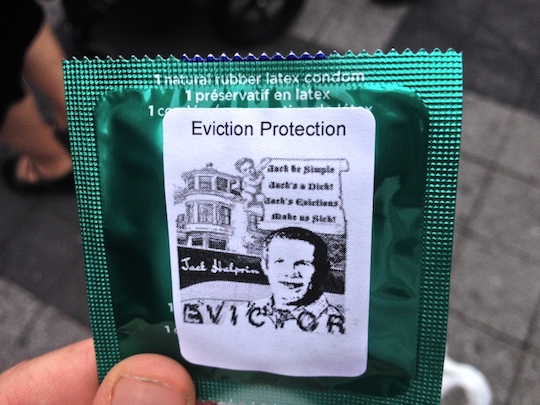



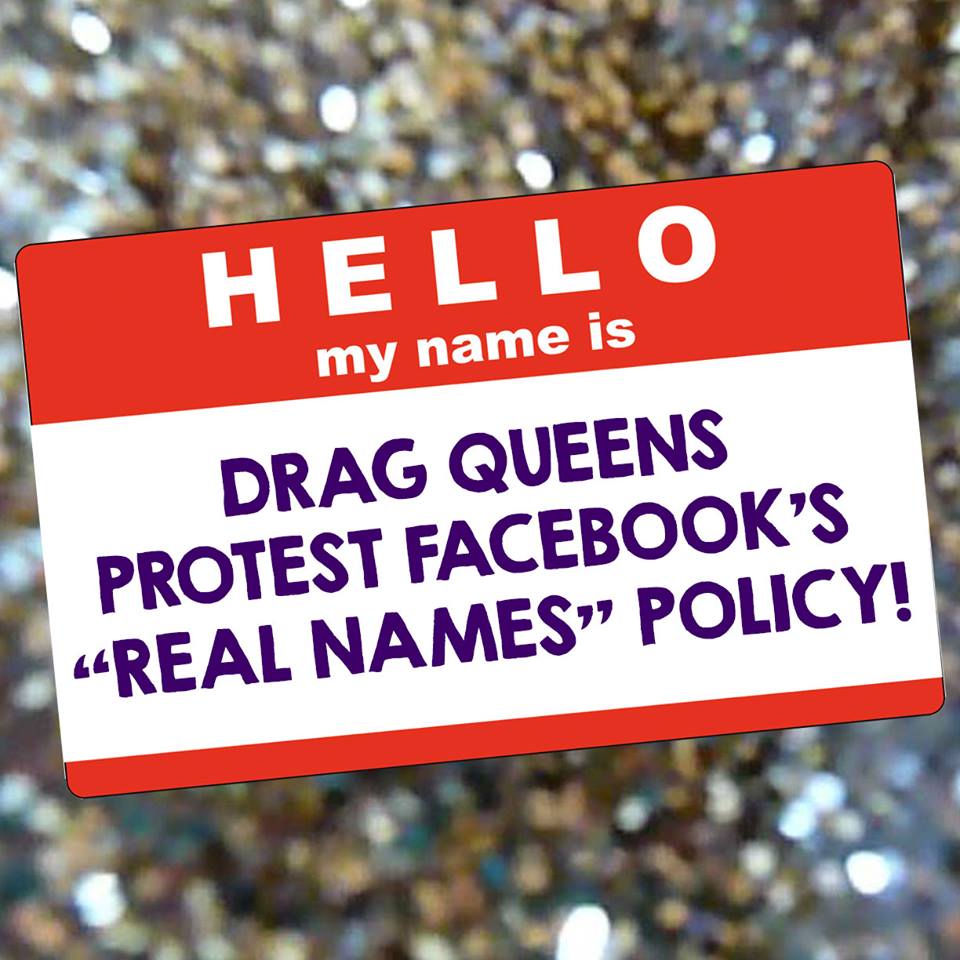

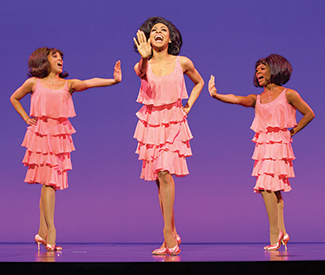
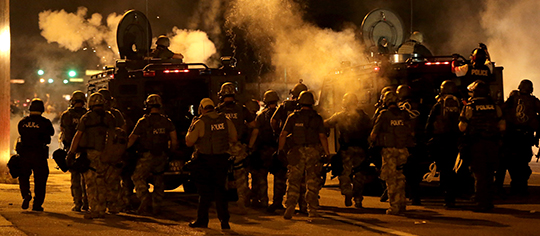
 As the country watched Ferguson police mobilize against its citizens while donning military fatigues and body armor and driving in armored vehicles, many began drawing comparisons to soldiers in Iraq or Afghanistan — indeed, viral photos featuring side-by-side comparisons made it difficult to distinguish peace officers from wartime soldiers.
As the country watched Ferguson police mobilize against its citizens while donning military fatigues and body armor and driving in armored vehicles, many began drawing comparisons to soldiers in Iraq or Afghanistan — indeed, viral photos featuring side-by-side comparisons made it difficult to distinguish peace officers from wartime soldiers.
